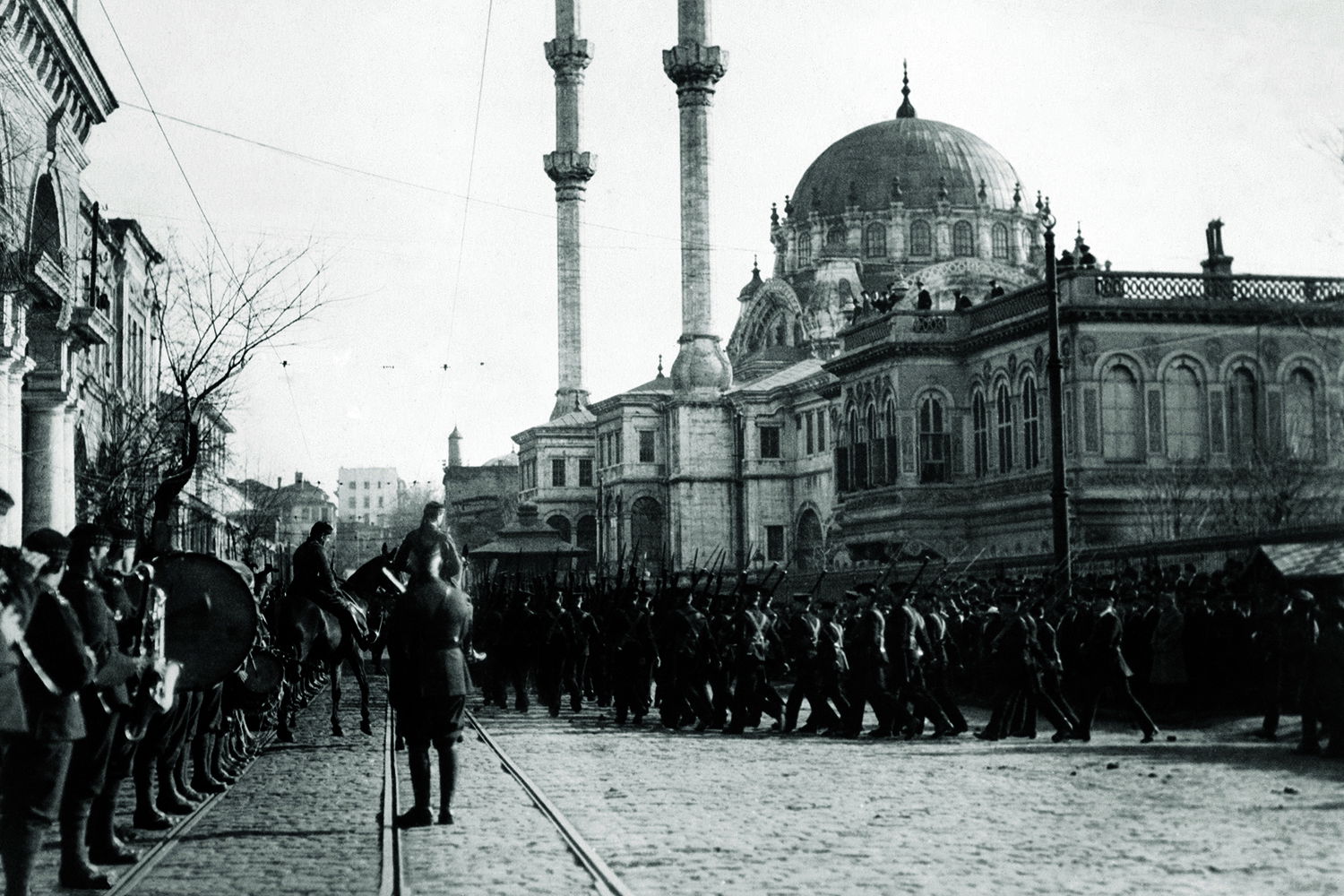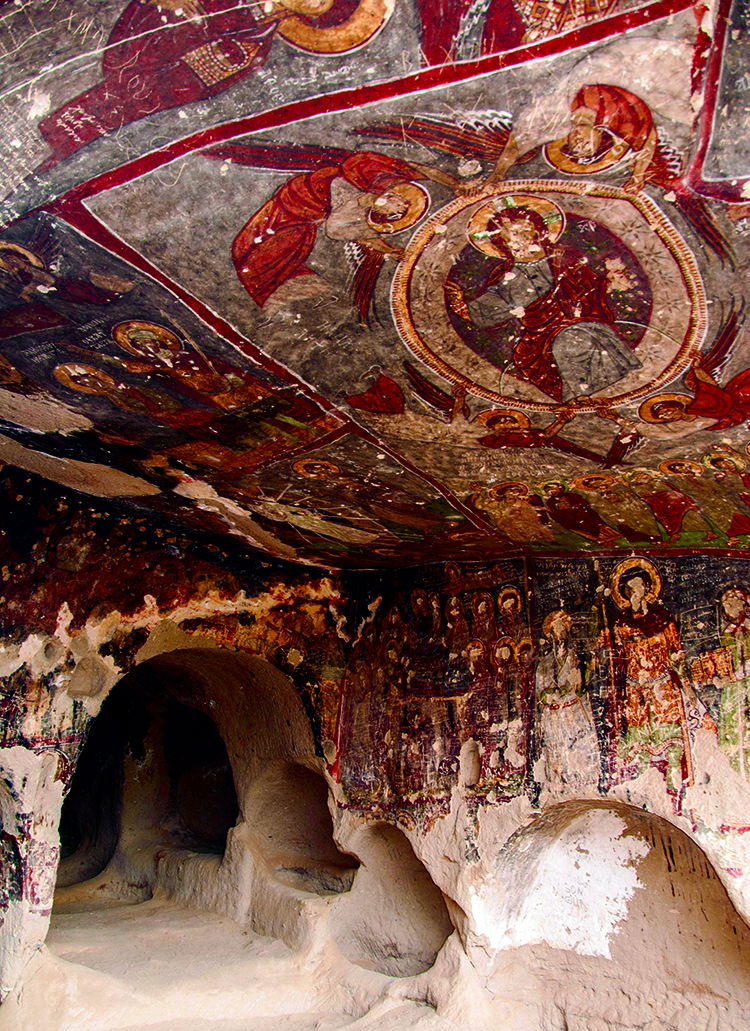by ALEV SCOTT

Across the Balkans, relics of Ottoman glory and decline, such as mosques, bridges and hamams, exist in various states of disrepair. Can they be brought back to life?
The First World War brought the Ottoman Empire to its knees. The sultan’s alliance with the kaiser had gone horribly wrong. British forces held the capital Istanbul; most of the territories had fallen and Greek troops were ravaging the west of Turkey. But east of Istanbul, a maverick general was masterminding a resistance from the arid Anatolian steppes. By October 1923, the last Ottoman sultan had fled on a ship to Malta, the British had left Istanbul and Mustafa Kemal Atatürk had founded a new Republic of Turkey from the city of Ankara.
The fall of the 600-year old Ottoman Empire marked the end of an incredible period of diversity. At its zenith, the Empire stretched from Mecca to Budapest, from Algiers to Tbilisi, from Baghdad to the Crimea, connecting millions of people of different religions and ethnicities. An Ottoman subject was an Eastern Orthodox Christian from Odessa or a Jew from Mosul, a Sunni Muslim from Jerusalem or a Catholic Syriac from Antakya. The sultan, who was also the caliph, leader of the Islamic world, allowed non-Muslims to organise their own law courts, schools and places of worship in return for paying ‘infidel’ taxes and accepting a role as second-class citizens: a system of exploitative tolerance that allowed diversity to flourish for centuries in the greatest empire of early modern history.
Today, Turkey is a comparatively homogenous nation state and its former diversity can be sensed almost as a palpable absence. It lies in shadows and silence, in obsolete place names, faded inscriptions and a surplus of antiques.
Walk up the marble steps from Istanbul’s Taksim Square to Gezi Park and you are walking on tombstones taken from a demolished 16th-century Armenian cemetery a few miles down the road. Climb into the hills above the Mediterranean coastline and you find the abandoned homes of Greek Orthodox Christians and Jews. Float in a hot air balloon above the chimneys of Cappadocia in Central Anatolia and you pass over cave churches where locals congregated less than 100 years ago.

The interior of St George’s church, Belisirma, western Cappadocia, late Byzantine period. The church was used throughout the Ottoman era.
The fates of Turkey’s minority communities were tied to the demise of the Empire. When Atatürk created the republic, the aim was clear: it was to be for self-identifying Turks only. Such a dramatic reordering of what remained of a once vast empire was necessary for its survival, but the stiflingly nationalistic atmosphere of the new republic forced many of the remaining communities either to leave or to relinquish their real identities so as to pass as ‘Turks’. Minorities became even more invisible as the decades passed and their cultural impact dimmed; the families and congregations who remain have a proud but sad attachment to the past.
History Today for more